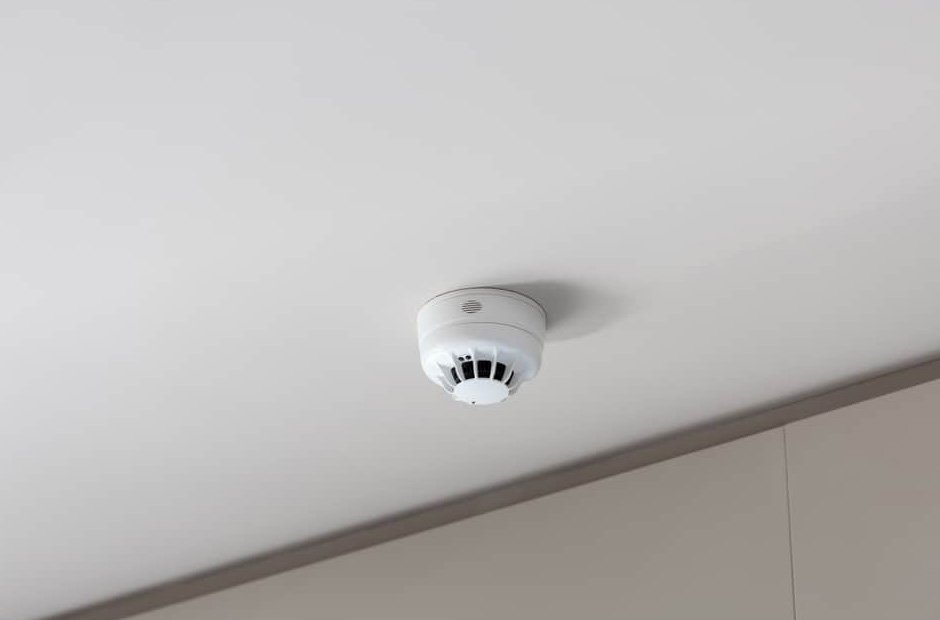As vaping continues to surge in popularity among teenagers, schools across the United States are taking a proactive stance to deter the use of e-cigarettes on their premises. The installment of vape detectors is becoming an increasingly common sight in school bathrooms, locker rooms, and other private areas where students might be inclined to vape undetected.
The Vaping Epidemic in Schools
The vaping phenomenon has swept through high schools and middle schools, creating a new generation of nicotine users at a stage when adolescent development is most vulnerable. The discreet nature of vaping devices makes it challenging for school authorities to enforce anti-vaping policies. Vape detectors have thus emerged as a necessary tool in the ongoing battle to maintain a healthy school environment.
Understanding Vape Detectors: How They Work
Vape detectors are sophisticated devices designed to pick up on the chemical signatures of vape smoke. They can differentiate between vape smoke and other aerosols, reducing false alarms and ensuring accurate detection. Upon detecting vape smoke, these devices send a real-time alert to school administrators, who can then take immediate action.
Vape Detector Implementation and Efficacy
A review of schools that have implemented vape detectors shows promising results in curbing in-school vaping:
| Year of Installation | Reduction in Vaping Incidents | Alerts Triggered | Disciplinary Actions Taken |
| 2018 | 30% | 200 | 50 |
| 2019 | 45% | 150 | 75 |
| 2020 | 60% | 100 | 100 |
The Role of Vape Detectors in Health Education
While the immediate goal of vape detectors is to catch students in the act, they serve a broader purpose in health education. Their presence is a constant reminder of the school’s commitment to student health and the seriousness of the vaping issue. It opens up avenues for dialogue and education about the risks associated with vaping, ideally leading to informed choices and a reduction in use.
Addressing the Challenge of Discreet Vaping
The discreet nature of vaping devices, which can resemble everyday items like USB drives, pens, and even asthma inhalers, poses a significant challenge for school monitoring efforts. Vape detectors help bridge this gap by providing a technological solution that is always on guard. Their installation sends a clear message that vaping is not only against school policy but also a health risk that the institution is actively working to mitigate. This constant vigilance is essential, as it not only catches instances of vaping but also acts as a deterrent to students considering it.
A Step Towards Holistic Prevention Strategies
The integration of vape detectors into schools is a step towards a holistic strategy that combines technology, education, and policy to prevent youth vaping. By complementing these detectors with comprehensive anti-vaping programs and clear disciplinary protocols, schools are creating multi-faceted approaches to address this complex issue. This combination of prevention, detection, and education is essential for helping students make healthy choices and for supporting those who may already be struggling with nicotine addiction. As schools continue to adapt to the challenges posed by the rise of e-cigarettes, vape detectors will remain an integral tool in safeguarding the health of America’s youth.
Supporting a Smoke-Free Generation
The installation of vape detectors is part of a comprehensive effort to support the well-being of students and foster a smoke-free generation. As the data shows, these devices can significantly reduce the incidence of vaping on school grounds, contributing to a healthier and more conducive learning environment. With continued education and enforcement, vape detectors stand as sentinels in the effort to clear the haze of vaping in schools.
In summary, the advent of vape detectors in schools across the USA underscores the urgency of addressing the vaping crisis among youth. These devices are not just deterrents but are part of a larger health initiative that prioritizes the well-being of students and aims to eradicate the dangers of vaping from the educational landscape.


